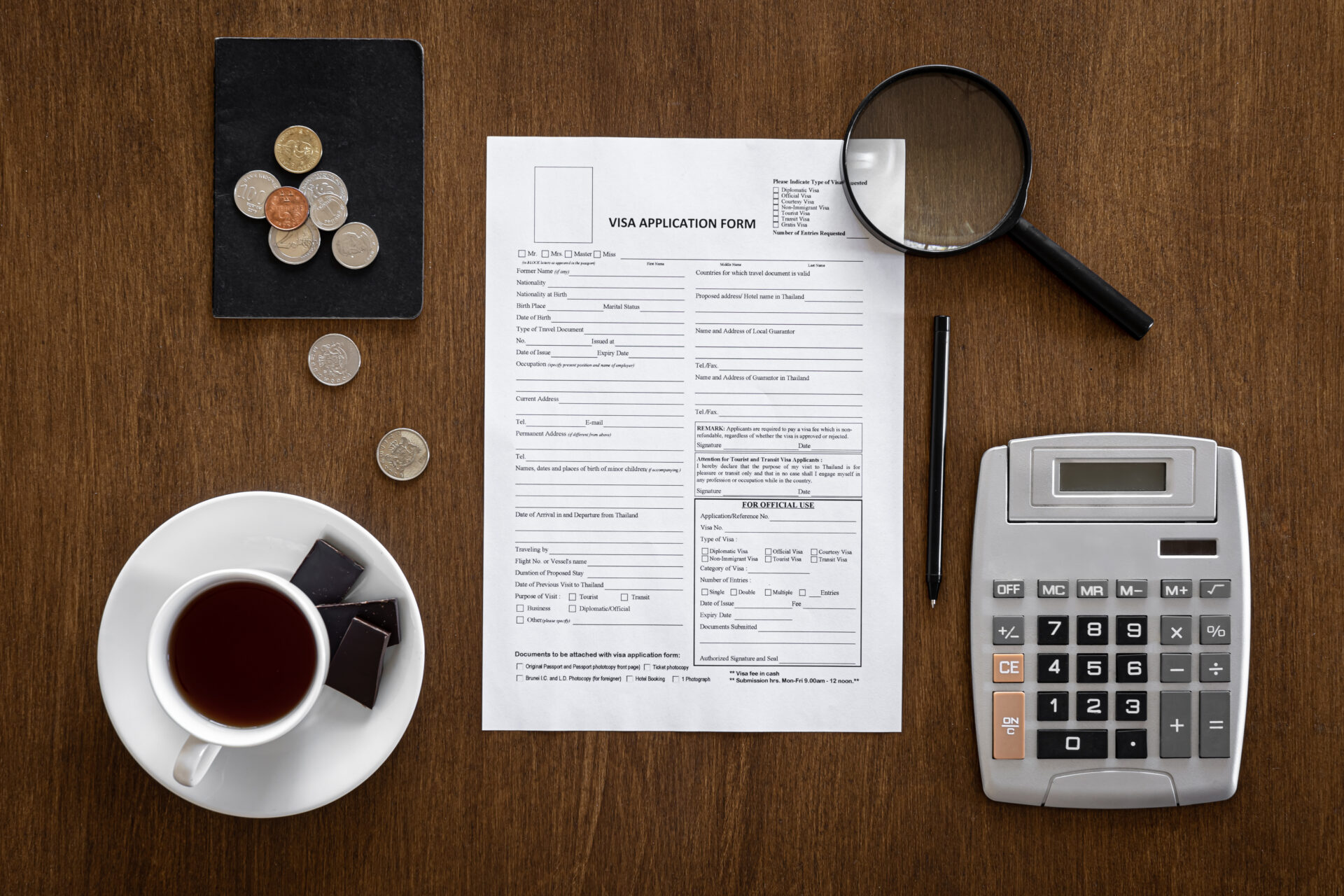Table of Contents
Financial statements are sort of like report cards for a business. As a small businessperson, a student, or someone just interested in money, learning the essentials can help you make better choices about money. You don’t have to be an accountant to “read” them—you just need it made easy.
In this article, we’ll break down the three main financial statements in a way that’s easy to understand, even if numbers aren’t your thing.
What Are Financial Statements?
Financial statements are formal records that show the financial activities and condition of a business. They help owners, investors, and decision-makers understand where money is coming from, where it’s going, and how healthy the business is.
The three key financial statement categories are:
- Income Statement
- Balance Sheet
- Cash Flow Statement
Let’s take a look at each of them in plain language.
Income Statement (Also Known As Profit & Loss Statement)
What It Tells You:
The income statement indicates if the business was profitable or not during a specific duration (often a month, quarter, or year).
What It Includes:
Revenue: Total amount received (sales, services, etc.)
Expenses: All of the costs to run the business (rent, wages, materials, etc.)
Net Profit or Loss: What remains after expenses are paid out of revenue
Example:
If a bakery made $10,000 in one month and paid out $7,000 in ingredients, rent, and employees, the net profit is $3,000.
Formula:
Revenue – Expenses = Profit (or Loss)
Balance Sheet
What It Tells You
The balance sheet reflects the financial situation of the business at a given point in time.
What It Contains:
Assets: What the company possesses (money, inventory, equipment)
Liabilities: What the company owes (debts, bills, credit)
Equity: The owner’s portion of the business once liabilities are deducted from assets
Example:
If your business has $50,000 in assets and owes $20,000 in liabilities, your equity is $30,000.
Formula:
Assets = Liabilities + Equity
This equation must always remain balanced—thus the title “balance” sheet.
Cash Flow Statement
What It Tells You:
This statement follows how cash flows into and out of the business. It assists in answering the question: Do we really have sufficient money to pay the bills?
What It Includes:
Cash Inflows: Sales, investments, loans received
Cash Outflows: Bills paid, salaries, rent, equipment
It’s broken down into three segments:
Operating Activities (day-to-day business)
Investing Activities (acquiring/selling assets)
Financing Activities (loans, repayments, investor funds)
Example:
A business might show a profit on the income statement but still run out of cash if customers don’t pay on time. The cash flow statement highlights this gap.
Why These Statements Matter
Understanding these financial statements helps you:
Measure profitability
Spot cash shortages early
Make smarter business or investment decisions
Get loans or attract investors
Stay financially healthy
Final Thoughts: Start With the Basics
You don’t have to have a finance degree to know your numbers. Learning the fundamentals of financial statements gives you the confidence and mastery of your money—whether you’re starting a new business, working for a nonprofit, or budgeting like a boss.
Begin with the basics, keep asking questions, and keep in mind: numbers tell a story. The more you know it, the better you’ll do with your finances.

